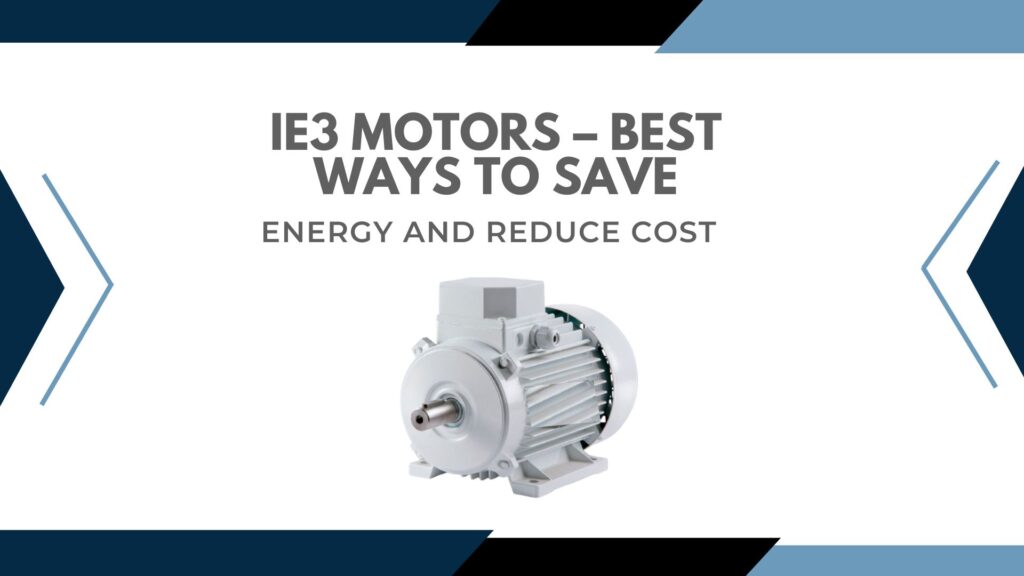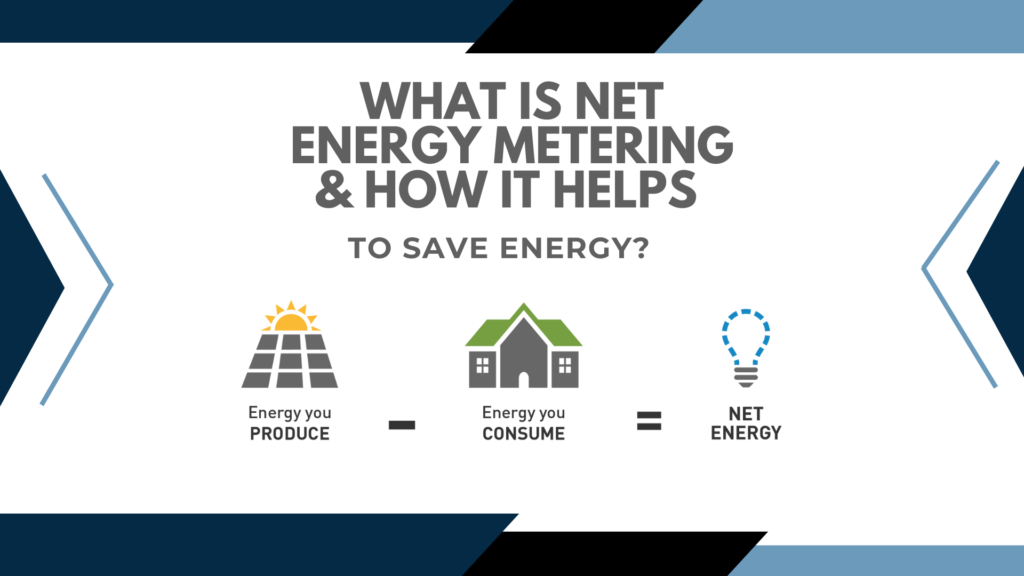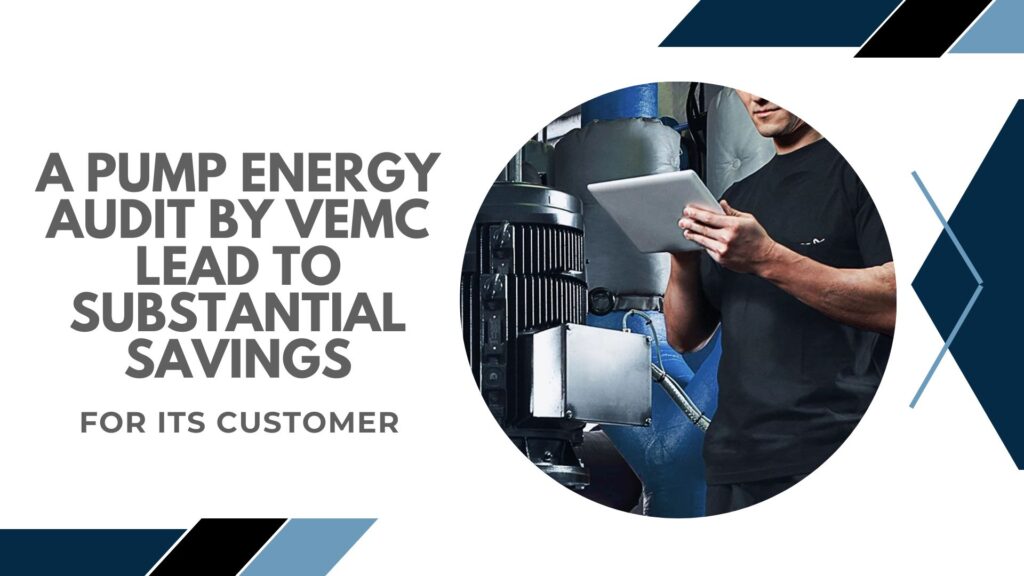
One of the most commonly used equipment especially in the construction and manufacturing sector is the IE3 electric motor. IE stands for “International Efficiency” and 1,2,3 are the classes of this global energy efficiency standard. But improper usage and poor maintenance can make even these premium quality motors a burden. In this blog, we take you through some of the best ways to save energy and reduce costs with your IE3 motors.
What is an Electric Motor?
An electric motor simply is a device that converts electric energy into mechanical energy. This mechanical energy can then be used to power a wide range of tasks such as drilling or pumping.
Tips to Save Money and Cost With an Electric Motor
Now let’s quickly go through some effective tips to improve the energy efficiency of your electric motor and save some precious units and money.
1. Regular inspection
An electric motor mostly falls prey to low resistance due to the deterioration of the winding insulation as a result of corrosion, overheating, or physical damage. Subsequently, leaks and short circuits can lead to frequent breakdowns. Regularly inspecting the insulation is therefore of utmost importance.
2. Selection of the Motor
Induction motors are best suited for a variety of applications that require continuous duty like centrifugal pumps, blowers, lifts, compressors, and textile mills. Likewise a wide variety of motors, that is, reversible, torque or synchronous are best suited for a unique set of tasks given their design characteristics. Select the right motor after thorough research for the highest efficiency.
3. Application of Motor
Whether your applications are fixed speed or variable speed will also make a difference to your energy efficiency plan. Wherever possible, use adjustable speed drives (ASDs) or two-speed motors. These can reduce consumption when the task doesn’t require uniform levels of energy.
4. Sizing of the Motor
A motor is at its highest efficiency when it operates at near full load conditions. As soon as the load drops, even the efficiency of the newest high-efficient motor set will go down. Normally, a slightly oversized motor is recommended for a particular application.
5. Invest in IE3 Energy Efficient Motors
As already explained, IE3 motors are the premium standard motors in terms of energy efficiency globally. These energy-saving motors are a result of improved design, better materials, and higher tolerance.
6. Understand the Energy Use
An electric motor converts electrical energy into heat and rotational energy. But understand the difference between motor load (torque) and motor speed. Slow motors that have to carry heavy loads consume much more energy as compared to fast motors with fewer or no loads.
7. Reduce Wear and Tear
Downtime caused due to wear and tear can be quite expensive. Strong early currents can cause a lot of wear because of the stress created on the system. It is best to use soft starters to reduce wear and tear and increase the lifespan of the motor.
For more details on energy savings on your electric motor, or about our range of products like Crompton motors, Bharat Bijlee motors, and Kirloskar motors, speak to our experts at 022 43436655 or email us at marketing@vemc.co.in. VEMC is one of the leading motor dealers in Mumbai with a special prowess in industrial motors and energy-saving motors.



